They’re everywhere, yet we barely know them. Ants crawl through our gardens, march across our sidewalks, and invade our kitchens with military precision. We see them daily, dismiss them as simple pests, but these tiny creatures harbor secrets that would make the most advanced human societies look primitive. Scientists have spent decades trying to unlock the mysteries of ant behavior, only to discover that each answer leads to ten more questions.
The truth is, ants are living paradoxes. They’re simultaneously the most visible and invisible creatures on Earth. We can observe millions of them, yet their true nature remains as elusive as smoke. What makes a creature smaller than your fingernail so incredibly difficult to understand? The answer lies in a complexity that defies everything we thought we knew about intelligence, cooperation, and survival.
The Microscopic World That Defies Our Tools
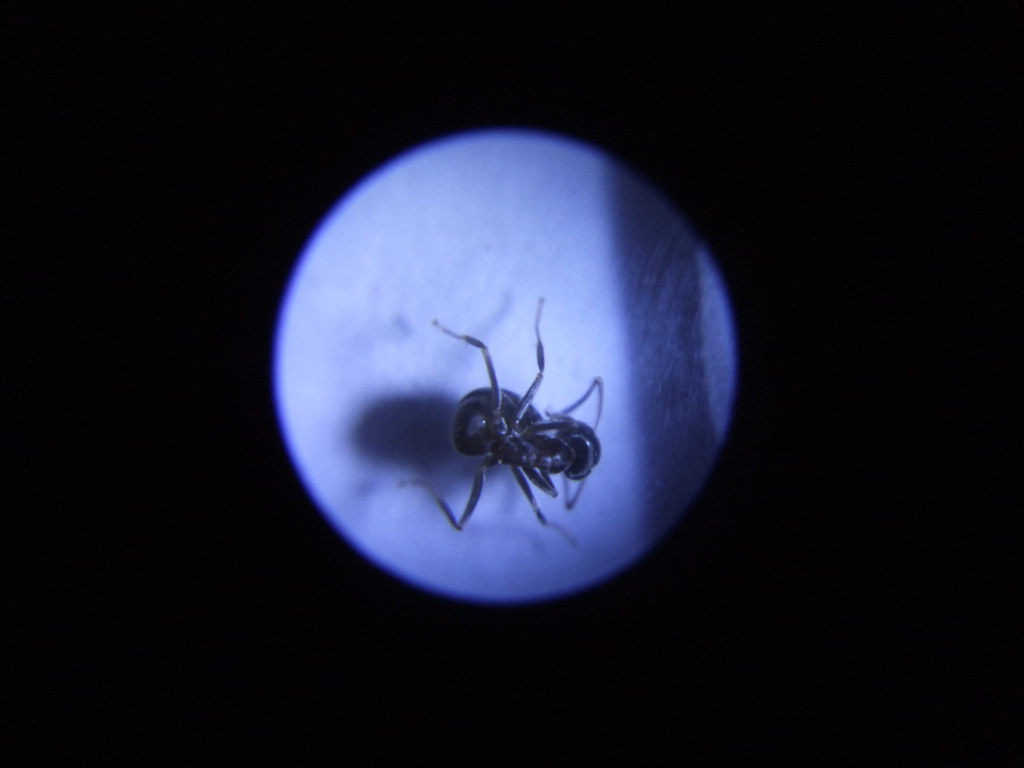
Imagine trying to watch a chess game through a keyhole while the board keeps moving. That’s essentially what scientists face when studying ants. These insects operate on a scale that challenges our most sophisticated equipment. Their movements are too quick for standard observation, their communication too subtle for our instruments to detect, and their decision-making processes happen in microseconds.
Traditional research methods fall short when dealing with creatures that can change direction 50 times per second. High-speed cameras can capture their movements, but interpreting what those movements mean requires a level of understanding we’re still developing. The sheer smallness of ants means that even the most advanced tracking technology struggles to follow individual insects without interfering with their natural behavior.
Scientists often find themselves in the frustrating position of having incredible footage of ant activities without being able to decode what they’re witnessing. It’s like having a recording of a foreign language without a dictionary – you can see the patterns, but the meaning remains locked away.
Chemical Languages We’re Only Beginning to Decode
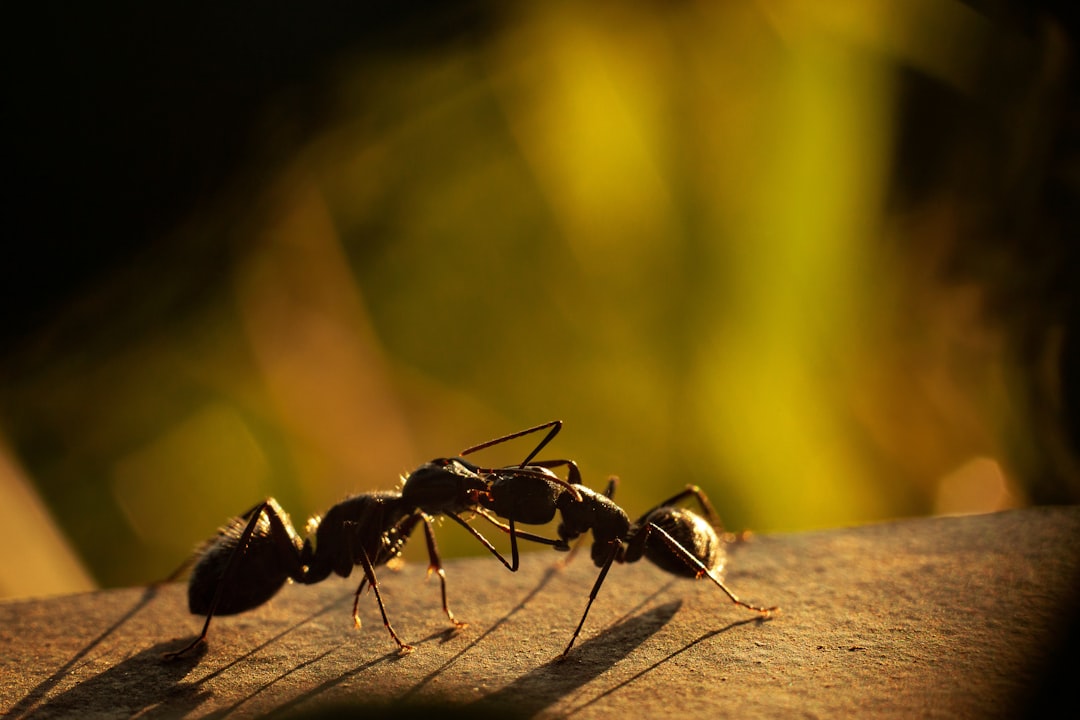
Ants speak in scents, and we’re essentially deaf to their conversations. They release chemical signals called pheromones that carry complex messages about food sources, danger, and social status. These chemical communications are so sophisticated that they make human language look clumsy by comparison. Yet for scientists, trying to understand ant pheromones is like attempting to read a book written in invisible ink that changes its message every few seconds.
The chemical trails ants leave behind aren’t just simple “follow me” signals. They contain layered information about the quality of food sources, the shortest routes, and even warnings about specific threats. Some species use over 20 different pheromones, each with distinct meanings that can change based on concentration and context.
Modern chemical analysis can identify these compounds, but understanding their meaning requires observing ant behavior in response to specific pheromone concentrations. This process is incredibly time-consuming and often yields results that seem to contradict previous findings. Just when researchers think they’ve cracked the code, they discover that the same pheromone means something completely different in another context.
The Collective Intelligence That Baffles Researchers
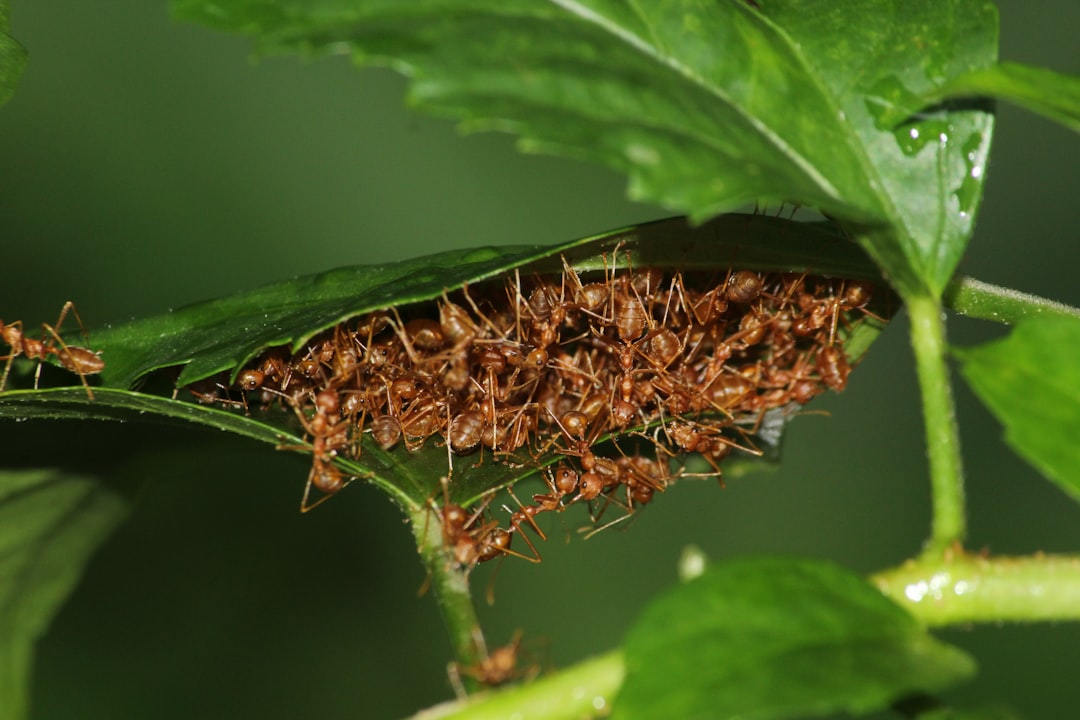
Individual ants appear remarkably simple, following basic rules and responding to immediate stimuli. Yet somehow, these simple creatures create complex societies that solve problems no single ant could handle. This phenomenon, known as swarm intelligence, represents one of the most perplexing aspects of ant research. How do thousands of simple minds combine to create something resembling genius?
Scientists have identified that ants use surprisingly sophisticated algorithms to optimize their foraging routes, often finding solutions that rival computer-generated paths. They can adapt to changing environments, redistribute work loads, and even engage in what appears to be strategic planning. However, pinpointing exactly how this intelligence emerges from individual interactions remains a massive challenge.
The disconnect between individual simplicity and collective complexity means that researchers must study ants on multiple levels simultaneously. They need to understand individual behavior, small group dynamics, and colony-wide patterns all at once. This multi-layered approach requires interdisciplinary teams and often produces results that seem to contradict each other.
Social Structures That Defy Human Logic
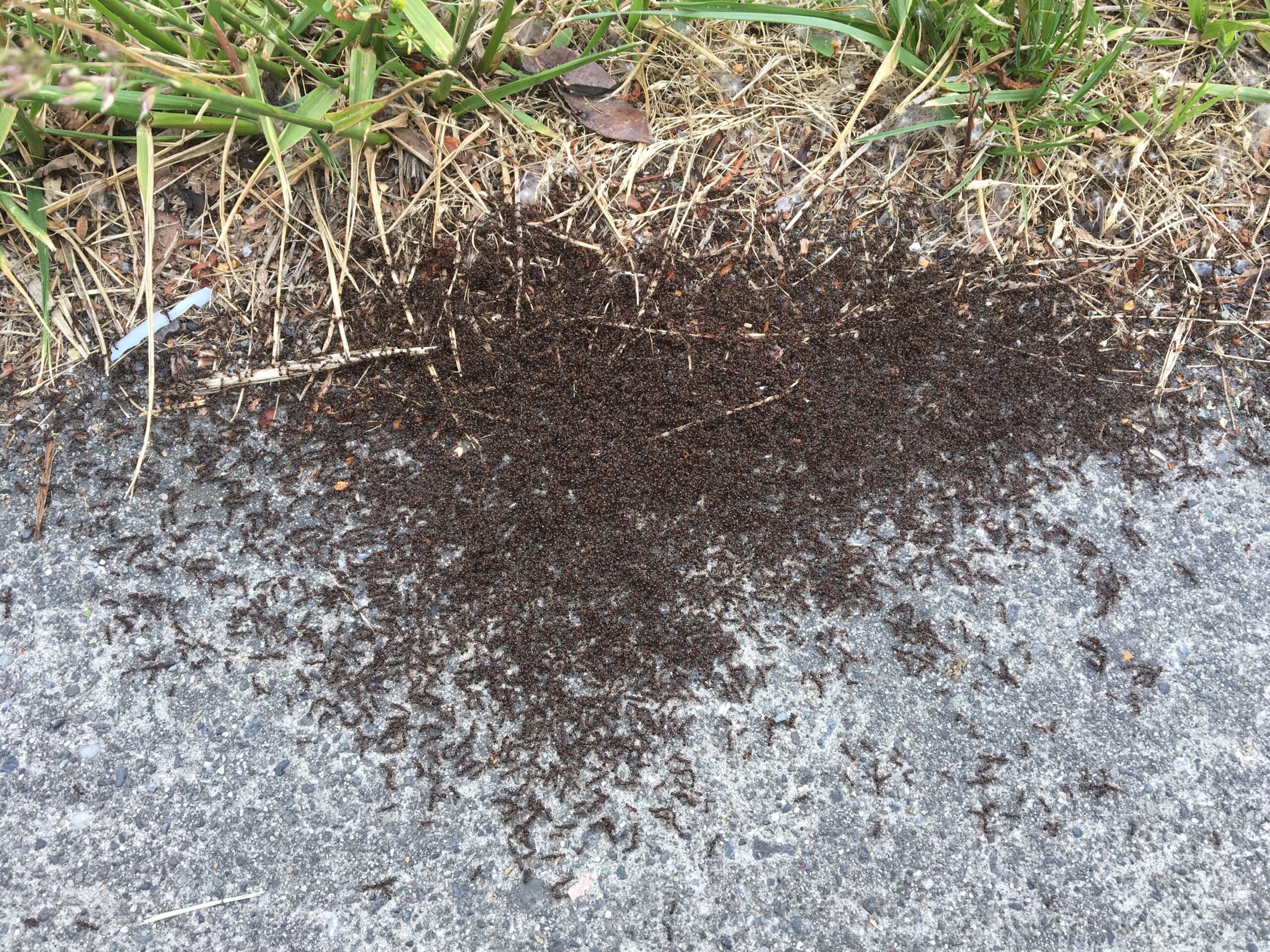
Ant societies operate on principles that challenge our understanding of social organization. They have no leaders in the traditional sense, yet they accomplish coordinated tasks with precision that would make military commanders jealous. Queens don’t give orders; they simply lay eggs. Workers aren’t assigned specific roles; they somehow know what needs to be done and when to do it.
The caste system in ant colonies is far more fluid than initially believed. Workers can switch roles based on colony needs, and some species have individuals that serve multiple functions depending on circumstances. This flexibility makes it nearly impossible to create fixed models of ant society. Just when scientists think they understand how a particular species organizes itself, they observe behaviors that don’t fit their established patterns.
Research has revealed that ant colonies can make collective decisions about moving locations, choosing food sources, and allocating resources without any central authority. Understanding how these decisions emerge from individual actions requires tracking thousands of interactions simultaneously – a task that pushes current research methods to their limits.
The Numbers Game That Overwhelms Data Collection
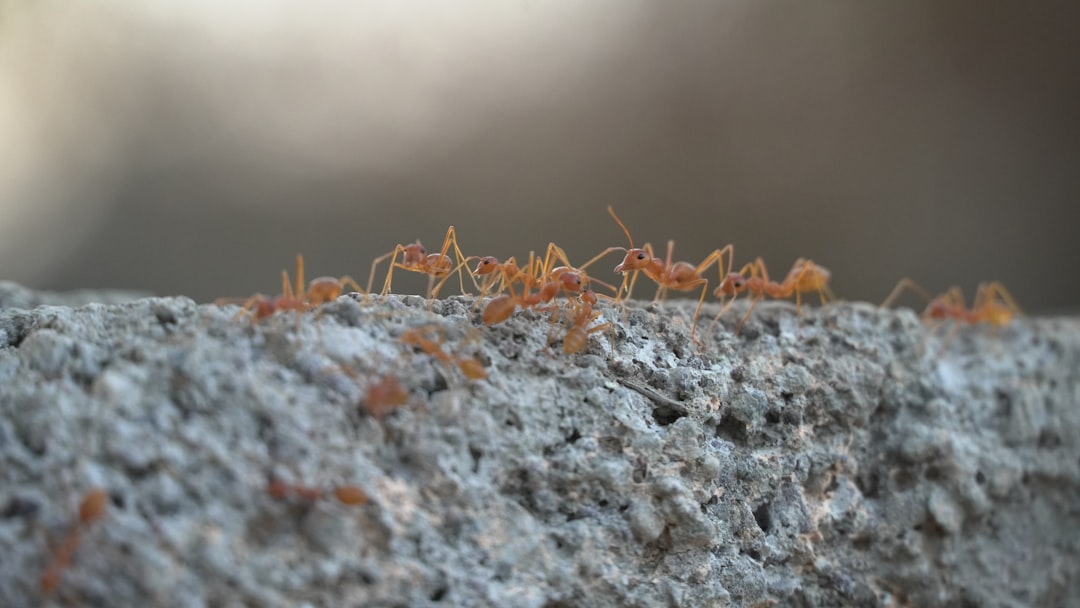
Studying a single ant colony means monitoring anywhere from thousands to millions of individuals. The sheer volume of data this generates is staggering. Every ant interaction, every movement, every chemical signal contributes to the overall picture, but processing this information requires computational power that was unimaginable just decades ago.
Scientists estimate that a typical ant colony processes information equivalent to a small computer network. Each ant is simultaneously sending and receiving signals, making decisions based on multiple inputs, and adjusting its behavior in real-time. Capturing even a fraction of this activity requires arrays of sensors, cameras, and chemical detectors that often interfere with natural behavior.
The statistical challenges are equally daunting. With millions of data points generated every hour, researchers must develop new analytical methods to identify meaningful patterns. Traditional statistical approaches often fail when dealing with the complex, interconnected nature of ant behavior. Many studies that seem conclusive are later found to represent only a tiny fraction of the actual behavioral repertoire.
Environmental Variables That Complicate Everything
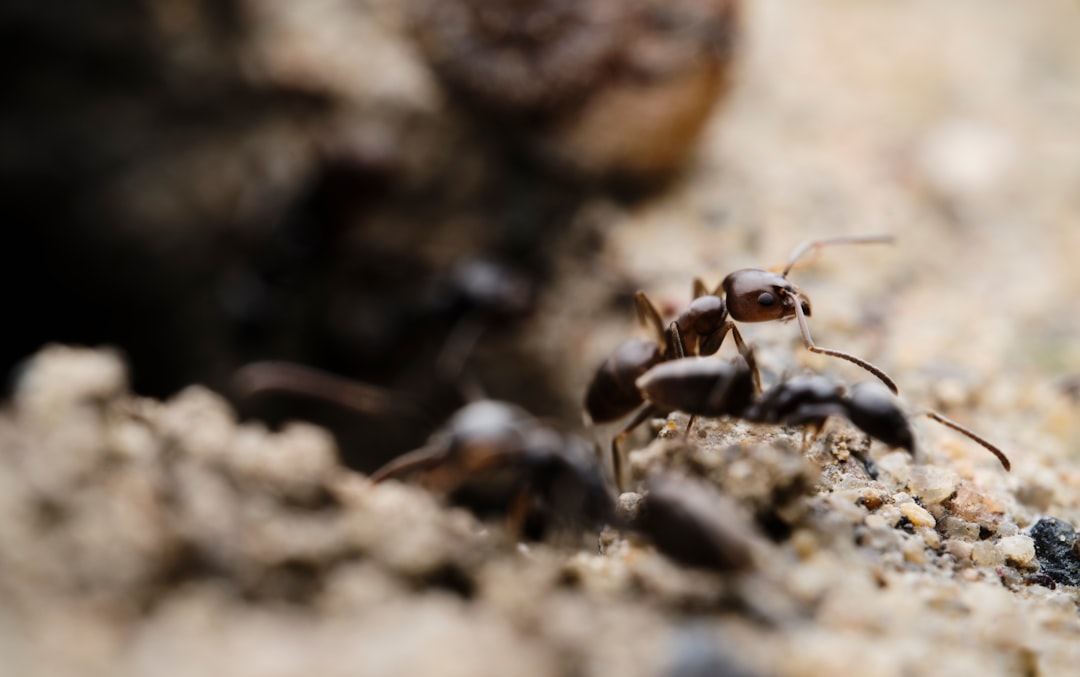
Ant behavior changes dramatically based on temperature, humidity, time of day, season, and countless other environmental factors. What appears to be consistent behavior in laboratory conditions often proves to be highly variable in natural settings. This sensitivity to environmental conditions means that research findings from one location or time period may not apply to other situations.
Laboratory studies provide controlled conditions but may not reflect natural behavior. Field studies offer authenticity but introduce variables that are impossible to control. Scientists often find themselves choosing between accuracy and applicability, knowing that their findings may not translate across different environments or circumstances.
Weather patterns, soil composition, vegetation density, and even human activity can influence ant behavior in ways that researchers are still discovering. A colony that appears to follow predictable patterns during dry conditions may behave completely differently during rainy seasons. This environmental sensitivity makes it difficult to establish universal principles about ant behavior.
The Speed of Ant Decision-Making
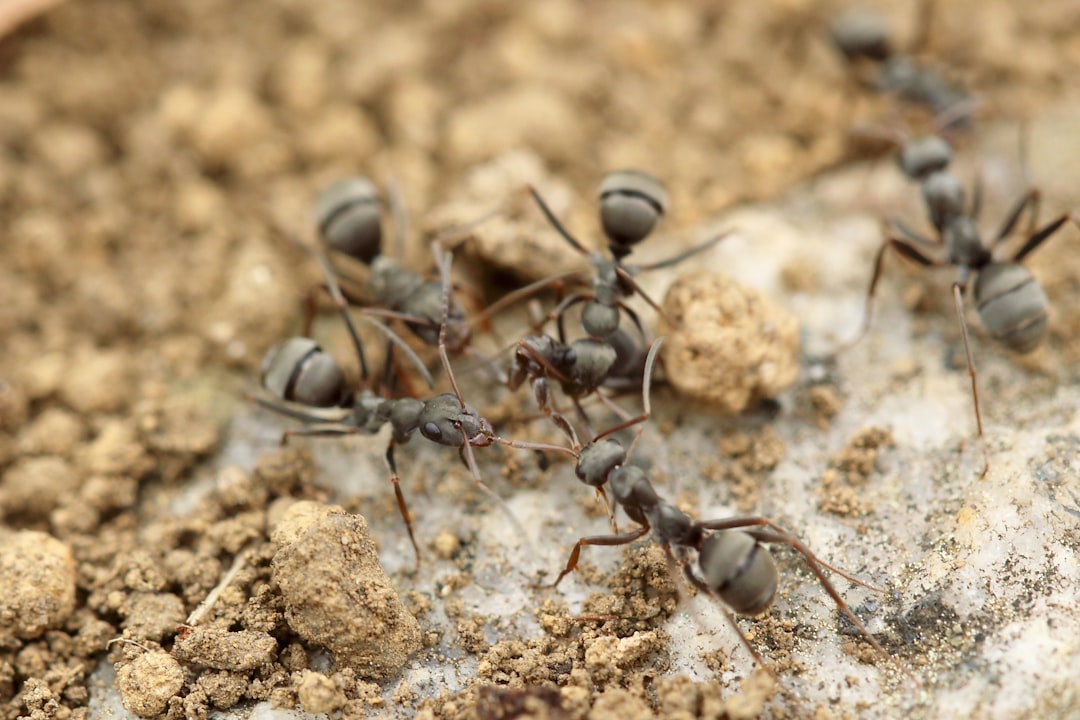
Ants make decisions faster than researchers can document them. In the time it takes a human to blink, an ant can assess multiple options, choose a course of action, and begin executing it. This rapid decision-making process is crucial to their survival but makes it incredibly difficult to study the factors that influence their choices.
High-speed photography can capture the physical movements, but understanding the decision-making process requires analyzing neural activity that occurs in milliseconds. Current neuroscience techniques are barely adequate for studying ant brains, which are incredibly small but surprisingly complex. The challenge is similar to trying to understand human thought processes by watching people walk down the street.
The speed of ant communication adds another layer of complexity. Pheromone signals can travel through a colony faster than researchers can detect them, creating cascading effects that influence behavior across thousands of individuals almost instantaneously. By the time scientists notice a behavioral change, the original stimulus may have already dissipated.
Memory and Learning in Tiny Brains
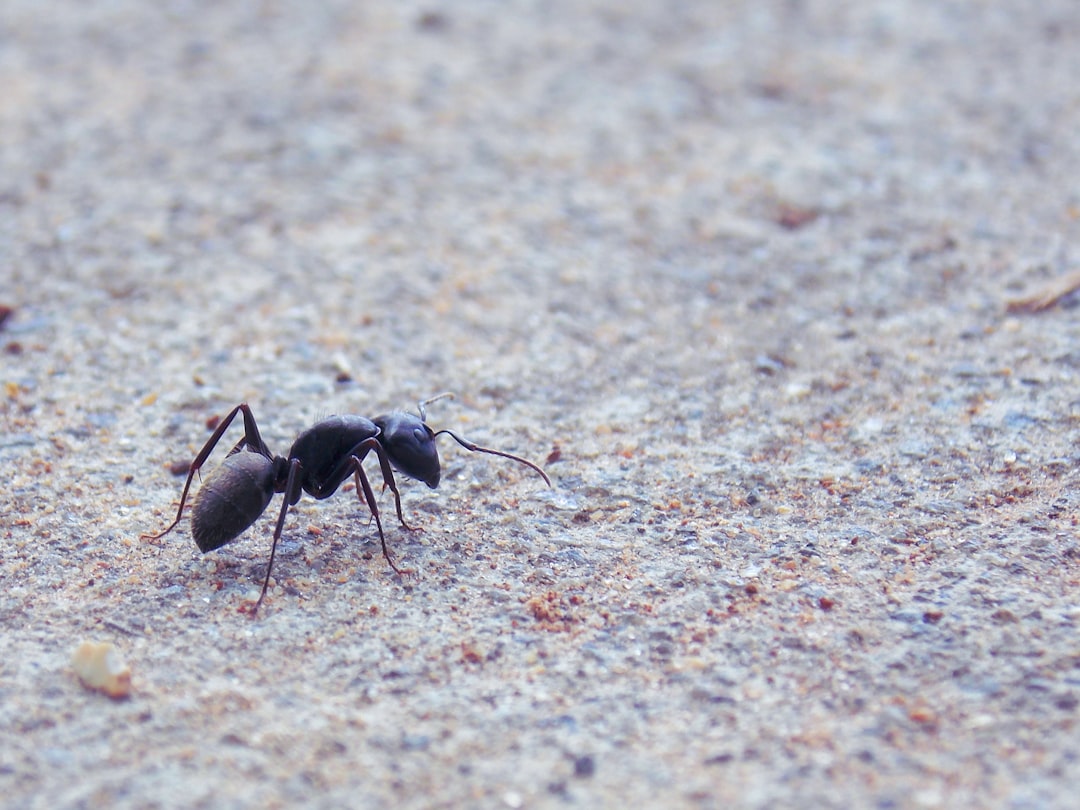
Ants can remember locations, recognize individuals, and learn from experience despite having brains smaller than a grain of sand. This cognitive ability challenges our understanding of how memory and learning work in biological systems. Their tiny brains contain roughly 250,000 neurons, compared to humans’ 86 billion, yet they demonstrate remarkable cognitive flexibility.
Research has shown that ants can learn to navigate complex mazes, recognize profitable food sources, and even pass information to other colony members. However, studying these cognitive processes requires techniques that are still being developed. Traditional learning experiments designed for larger animals don’t translate well to ant research, forcing scientists to create entirely new methodologies.
The relationship between individual learning and collective knowledge in ant colonies remains one of the most puzzling aspects of their behavior. How do personal experiences become shared knowledge? How do colonies “remember” information that outlasts the lifespan of individual workers? These questions require long-term studies that span multiple generations of ants.
The Evolutionary Puzzle of Cooperation
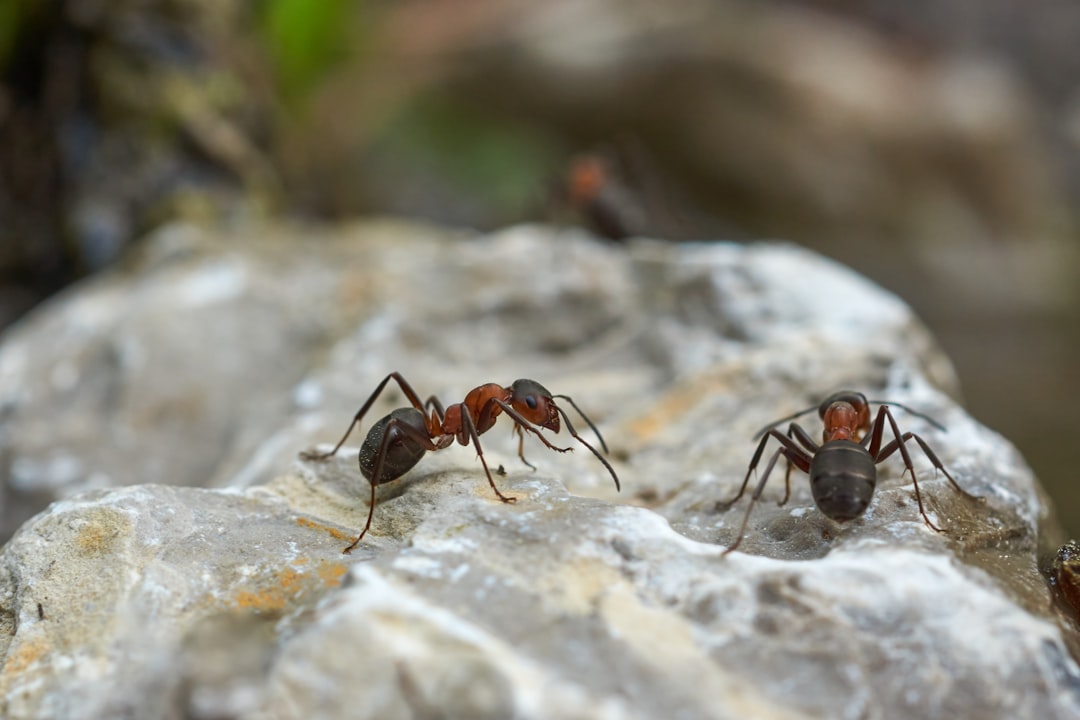
Ant cooperation seems to violate basic evolutionary principles. Why would individuals sacrifice their own reproductive success for the benefit of the colony? This paradox has puzzled scientists since Darwin first observed it. The traditional explanation of kin selection helps explain some aspects of ant cooperation, but recent research suggests the reality is far more complex.
Some ant species engage in behaviors that appear to benefit unrelated individuals or even other species. These altruistic behaviors challenge simple explanations and suggest that cooperation in ant societies operates on principles we don’t fully understand. The evolution of such complex social behaviors requires mathematical models that are still being developed.
Studying ant cooperation requires observing behaviors that may have evolved over millions of years. Laboratory studies can’t replicate the evolutionary pressures that shaped these behaviors, while field studies often can’t isolate specific cooperative mechanisms. This temporal mismatch between research timescales and evolutionary timescales makes it difficult to test hypotheses about why cooperation evolved.
Technology Limitations in Ant Research
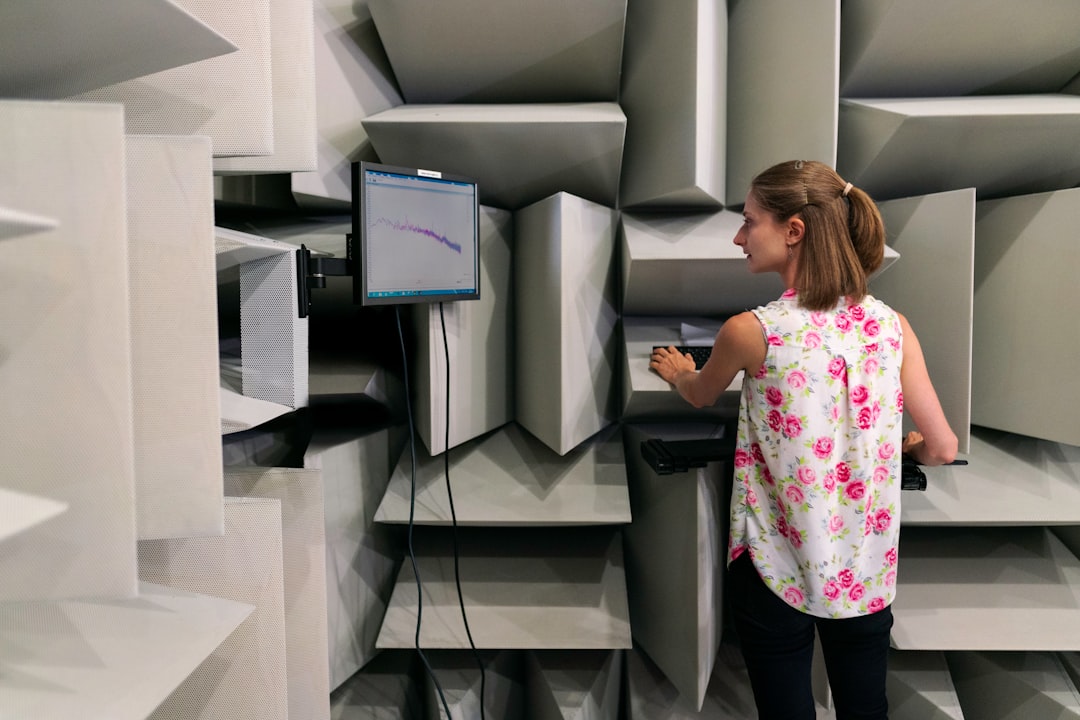
Current technology struggles to keep pace with ant research needs. Tracking individual ants requires tags that are often heavier than the insects themselves, potentially altering their behavior. Wireless sensors that could monitor ant colonies continuously are either too large or too expensive for widespread use. Even basic tools like microscopes and cameras have limitations when studying creatures that move quickly in three-dimensional spaces.
Genetic analysis of ant colonies requires techniques that can distinguish between thousands of closely related individuals. Traditional genetic markers often lack the resolution needed to track family relationships or identify specific behavioral traits. Newer genomic techniques are promising but require processing power and expertise that many research labs lack.
Computer modeling of ant behavior requires simulating millions of individual interactions while accounting for environmental variables and evolutionary constraints. Even supercomputers struggle with the computational demands of realistic ant colony simulations. The models that do exist often make simplifying assumptions that may not reflect actual ant behavior.
The Problem of Anthropomorphism
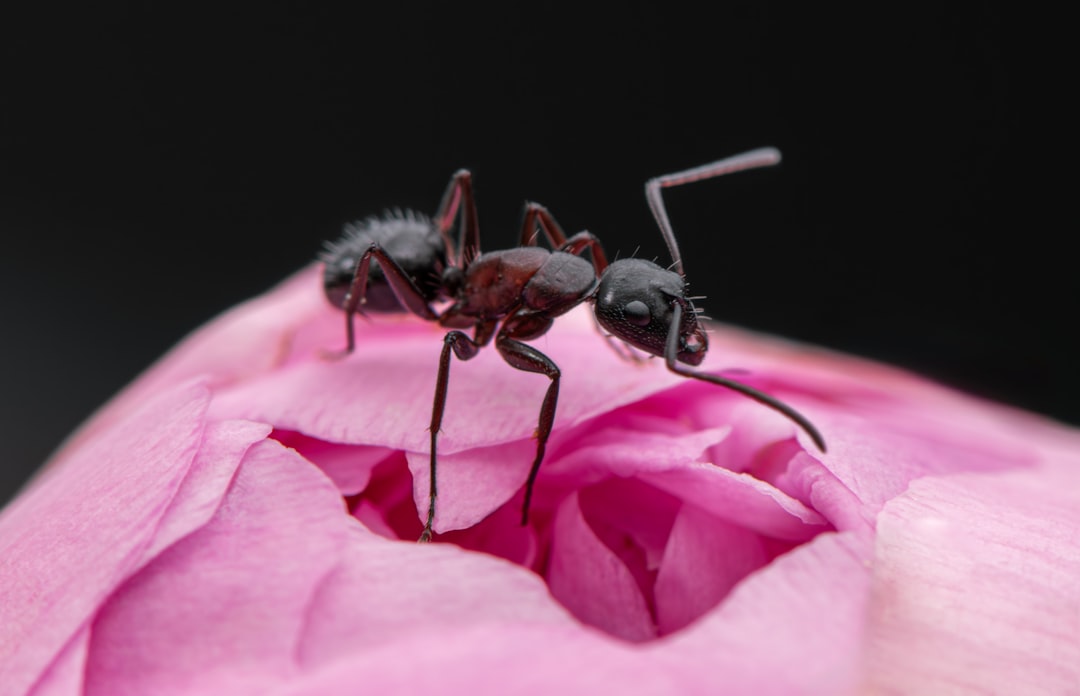
Scientists studying ants constantly struggle with the temptation to interpret ant behavior through human perspectives. Terms like “farming,” “warfare,” and “slavery” are commonly used to describe ant activities, but these human concepts may not accurately reflect what ants are actually doing. This anthropomorphic bias can lead researchers to misinterpret observations and miss entirely different explanations for ant behavior.
The challenge is particularly acute when studying ant communication and decision-making. Researchers may assume that ants are “planning” or “strategizing” when they might simply be following simple rules that produce complex outcomes. Distinguishing between genuine intelligence and the appearance of intelligence requires careful experimental design and often counterintuitive interpretations.
Cultural biases also influence ant research. Scientists from different backgrounds may interpret the same behaviors differently, leading to conflicting conclusions about ant social organization. Collaborative research across cultures and disciplines is essential but often difficult to coordinate and fund.
The Mystery of Ant Individuality
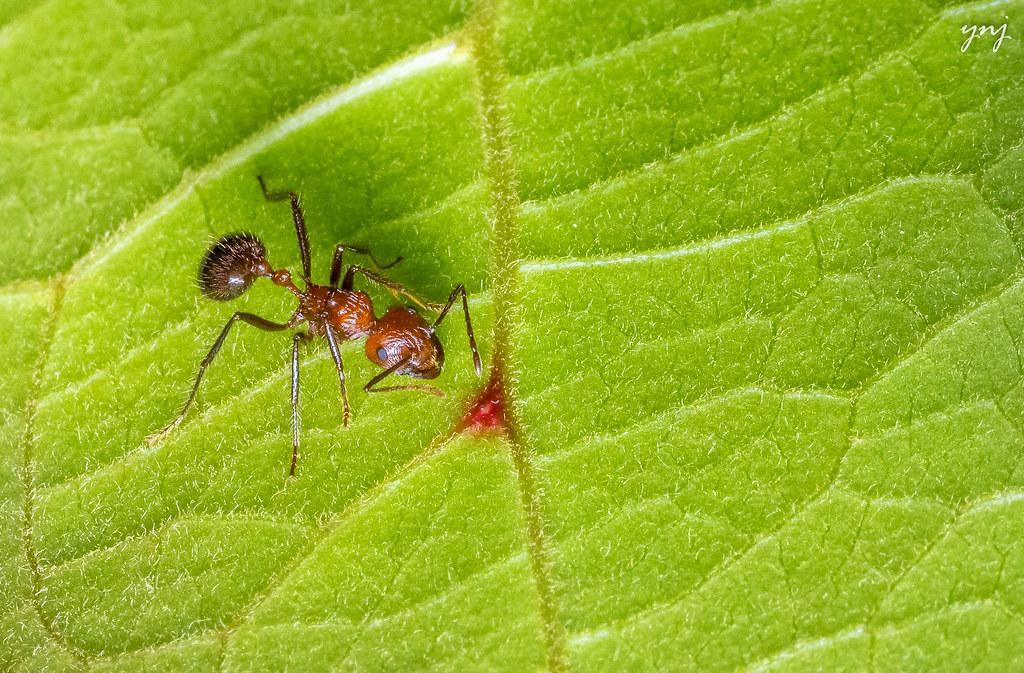
Despite living in highly organized societies, ants maintain individual identities that influence their behavior. Some workers are more aggressive, others more exploratory, and some seem to specialize in specific tasks. Understanding these individual differences requires tracking the same ants over extended periods, which is technically challenging and often impractical.
Individual variation affects colony-level behavior in ways that researchers are still discovering. A single unusually bold ant can lead an entire colony to new food sources, while a particularly cautious individual might cause the colony to avoid potential threats. These individual influences on collective behavior create unpredictable patterns that make ant societies difficult to model.
The persistence of individual traits across different contexts suggests that ant personality is more complex than previously thought. However, measuring personality in insects requires behavioral tests that don’t exist for most ant species. Developing these tests requires understanding what constitutes meaningful behavioral variation in creatures whose inner lives remain largely opaque.
Why Scientists Are Obsessed Despite the Challenges

The difficulties in studying ants only fuel scientific fascination. Every breakthrough reveals new mysteries, and every answered question spawns dozens of new investigations. Ants represent one of evolution’s most successful experiments in social organization, and understanding how they achieve such remarkable coordination could revolutionize fields from robotics to organizational management.
The potential applications of ant research are staggering. Their efficient foraging algorithms could optimize everything from internet routing to supply chain management. Their construction techniques could inspire new building methods. Their communication systems could lead to breakthroughs in artificial intelligence and network design.
Perhaps most importantly, ants challenge our assumptions about intelligence, cooperation, and success. They prove that complex problems can be solved without centralized control, that intelligence can emerge from simple interactions, and that cooperation can evolve even in competitive environments. These insights have profound implications for how we understand life itself.
Conclusion
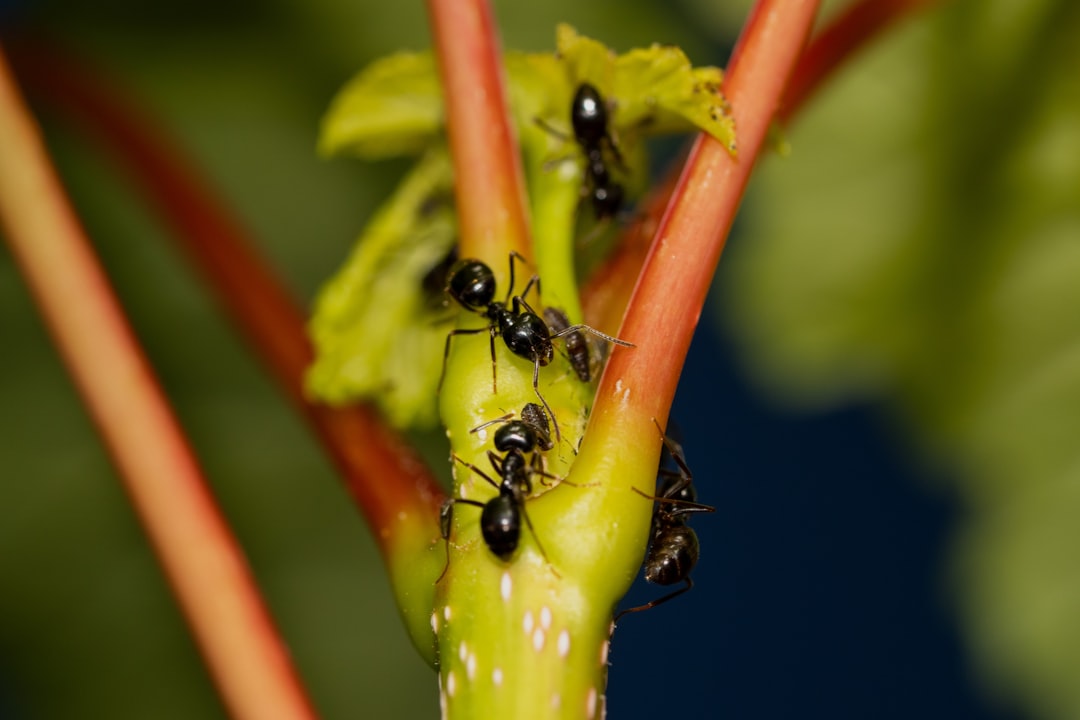
The study of ants represents one of science’s most humbling endeavors. These tiny creatures, which we encounter daily and often dismiss as insignificant, possess secrets that continue to elude our most sophisticated research methods. Their chemical languages remain largely untranslated, their collective intelligence defies our models of cognition, and their social structures challenge our understanding of organization and cooperation.
The technical challenges are immense – from tracking millions of microscopic individuals to decoding communication systems that operate faster than our instruments can detect. Yet these obstacles only intensify scientific interest. Each limitation reveals new aspects of ant complexity, each failed experiment opens unexpected research directions, and each small discovery hints at revolutionary insights about life, intelligence, and cooperation.
The obsession with ant research stems from a fundamental recognition that these creatures have solved problems we’re still grappling with. They’ve created sustainable societies, efficient communication networks, and adaptive organizational structures that function without central authority. Understanding how they achieve these feats could transform human technology and social organization.
What secrets do you think these tiny architects are still hiding from us?
